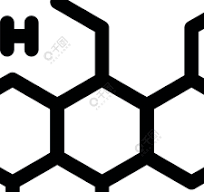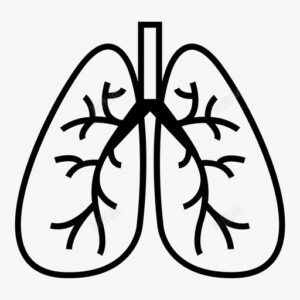Asparaginase(Erwinia)for Injection
Functions and indications:
1. This product is suitable for the treatment of acute lymphocytic leukemia (ALL), acute granulocytic leukemia, acute monocytic leukemia, chronic lymphocytic leukemia, Hodgkin’s disease and non-Hodgkin’s lymphoma, melanoma, etc. 2. This product has an inhibitory effect on the proliferation of the above-mentioned tumor cells, among which the best effect is on the induction remission period of acute lymphoblastic leukemia in children. Sometimes it may also be effective for patients who relapse after remission of some commonly used chemotherapy drugs, but the remission period is short when used alone, and it is easy to produce drug resistance, so it is often used in combination with other chemotherapy drugs to improve the efficacy.
Usage and Dosage:
Asparaginase for injection: The dosage of this product varies greatly according to different diseases and different treatment plans. Take the induction remission plan of acute lymphoblastic leukemia as an example: the dosage is based on the body surface area, the daily dose is 500 units/m2, or 1000 units/m2, up to 2000 units/m2; a course of treatment is 10-20 days.
Adverse reactions:
The dosage and usage of different dosage forms and specifications of this product may be different. Please read the specific drug instructions for use or follow the doctor’s advice. Asparaginase for injection: more common in adults than in children. 1. The more common ones are allergic reactions, liver damage, pancreatitis, loss of appetite, decreased coagulation factors V, VII, VIII, IX and fibrinogen. The main manifestations of allergic reactions are sudden onset of dyspnea, joint swelling and pain, rash, skin itching, facial edema, and severe cases may cause respiratory distress, shock and even death. In late-stage childhood leukemia administered by intramuscular injection, although the incidence of mild allergic reactions is higher, there are reports that the incidence of severe allergic reactions is lower than that of intravenous injection. Allergic reactions are generally prone to occur in patients who have been injected repeatedly, but they have occurred in patients with negative intradermal sensitivity tests (referred to as skin tests). In addition, some people with allergic constitutions may occasionally have allergic reactions even when injected with a skin test dose of asparaginase. Liver damage usually occurs within 2 weeks of starting treatment, and a variety of liver function abnormalities may occur, including elevated serum alanine aminotransferase [ALT (SGPT)], aspartate aminotransferase [AST (SGOT)], bilirubin, etc., and decreased serum albumin, etc. There have been cases of fatty liver lesions confirmed by liver puncture biopsy. If the patient feels severe upper abdominal pain accompanied by nausea and vomiting, acute pancreatitis should be suspected, among which fulminant pancreatitis is very serious and may even be fatal. Others include nausea, vomiting, diarrhea, etc. 2. Rare symptoms include increased blood sugar, hyperuricemia, high fever, mental and neurotoxicity, etc. Patients with high blood sugar have symptoms of polyuria, polydipsia, and thirst. Their plasma osmotic pressure may increase while the blood ketone content is normal. Hyperglycemia can be alleviated or disappear by stopping this product or giving appropriate amounts of insulin and fluid replacement, but a few severe cases can be fatal. Hyperuricemia often occurs at the beginning of treatment. Due to the rapid destruction of a large number of tumor cells, the amount of uric acid decomposed from the released nucleic acid increases. Severe cases can cause uric acid nephropathy and renal failure. Mental and neurotoxicity manifests as varying degrees of drowsiness, mental depression, mental confusion, emotional agitation, hallucinations, and occasionally Parkinson’s syndrome. Others include leukopenia, immunosuppression, stomatitis, etc. 3. Rare cases include bleeding due to hypofibrinogenemia and reduced coagulation factors, hypolipidemia, intracranial hemorrhage or thrombosis, lower limb venous thrombosis, and bone marrow suppression. The reduction of coagulation factors is related to the inhibition of protein synthesis by this product. 4. Others: There are also high blood ammonia, hair loss, thrombocytopenia, anemia, etc. It is necessary to pay attention to the adverse reactions that occur and analyze their nature carefully. If there is a possibility of serious consequences, this product should be discontinued immediately, and corresponding treatment measures should be given in combination with specific manifestations. In critical cases, active rescue should be given.
Contraindications:
The dosage and usage of this product may vary in different dosage forms and specifications. Please read the specific instructions for use or follow the doctor’s advice. Asparaginase for injection: Contraindicated in the following cases: 1. Those with a history of allergy to this product or positive skin test. 2.
Share:
Products
Our offers
Health Classification
Let us work together to protect precious health































